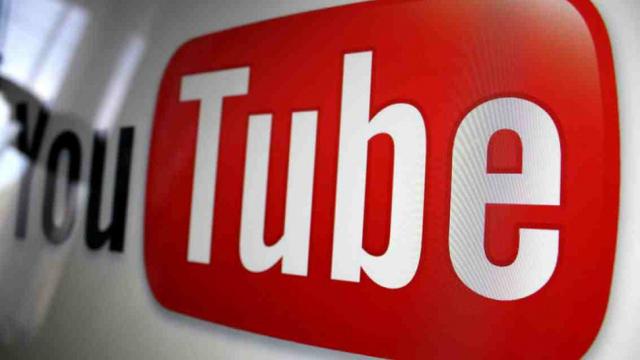If you ever find yourself having to wait for YouTube to buffer videos — but ads load just fine — then don’t worry, you’re not alone. In fact, it’s likely you’re on the receiving end of a corporate deal that limits how much you can enjoy online videos.
Ars Technica has a wonderful feature about how the world’s biggest internet providers and video services enter into negotiations about how much networks should play to connect to others. More importantly, the article discusses what happens when those talks go sour:
These business decisions involve “peering” agreements that Internet companies make to pass traffic from one to another and negotiations over caching services that store videos closer to people’s homes so they can load faster in your browser. When Internet providers refuse to upgrade peering connections, traffic gets congested. When ISPs refuse to use the caching services offered by the likes of Google and Netflix, video has to travel farther across the Internet to get to its final destination — your living room.
It all comes down to every party being greedy — hardly shocking — and hazy rules surrounding the technicalities of peering:
The core of the Internet, the closest thing it has to a “backbone,” is a dozen or so networks consisting of data centres throughout the world. These networks, operated by private businesses, are called “Tier 1” because they can reach every part of the Internet simply by peering with one another… Tier 1 networks don’t need to buy “transit” — an arrangement where one company pays another to accept its traffic and distribute it to all networks connected to the Internet. Smaller networks do…
All in, the conflicts that brings are many, varied — and enough to screw the users. You should definitely read the ars article, which spells all this out in great detail. But there is, perhaps, some good news:
Traditionally, traffic loads have been thought to be “in balance” if each peer sends about as much traffic to the other peer as it receives… But the direction in which traffic flows has no impact on how much it costs to carry it. Because video streaming traffic dominates the Web, so-called “eyeball” networks (ISPs who deliver traffic over the last mile) can never be in balance with the networks that deliver video under the old measurement. Instead, [there’s a move] to measure via “bit miles,” the distance traffic is carried and the number of bits carried, regardless of which direction the traffic flows.
Of course, whether that will catch on remains anyone’s guess — because it’s not necessarily something that works in the favour of the big players. Sadly, you may have to watch that spinning circle a while longer. [Ars Technica]
Picture: Rego – d4u.hu
